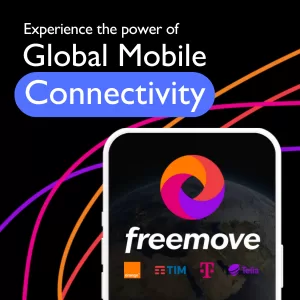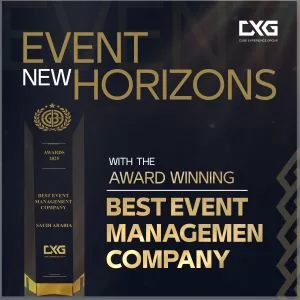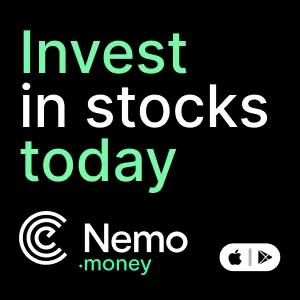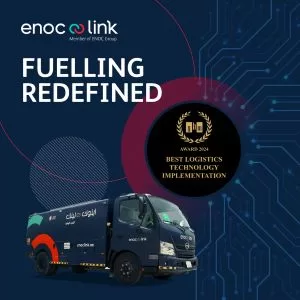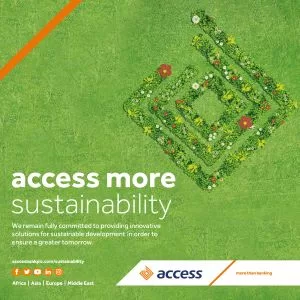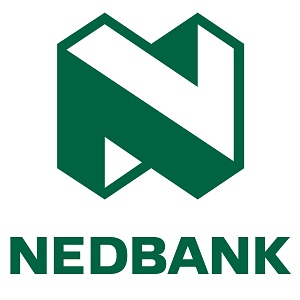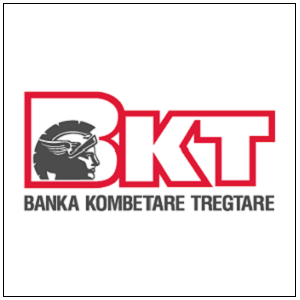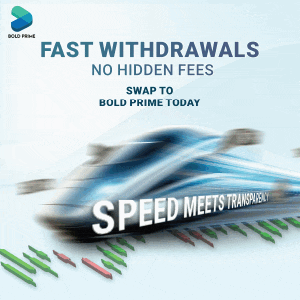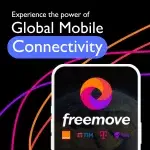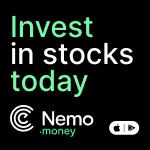Finance
The Rise of Connected Vehicle Commerce: Transforming the Driving Experience
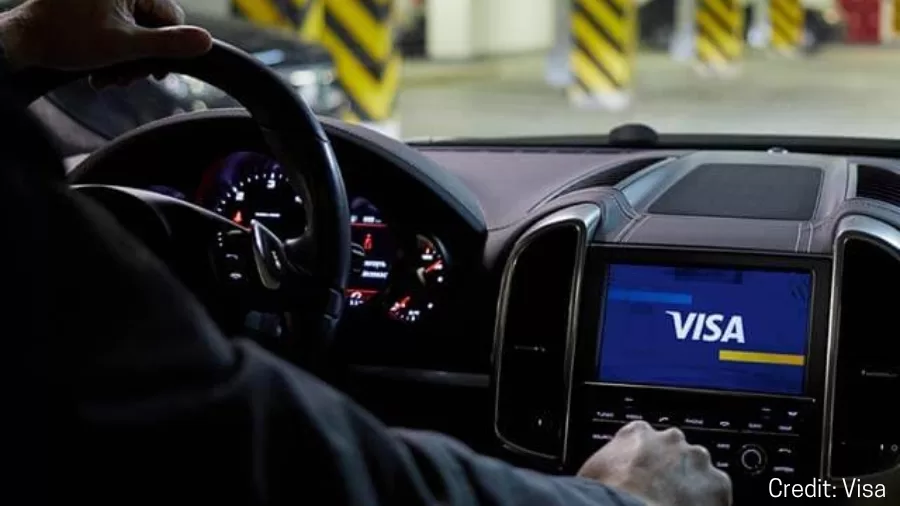
- Connected Vehicle Commerce (CVC) is changing the world around driving. The major goal of CVC is to enable seamless in-car transactions, giving AI and the Internet of Things the tools to fuel a lifeless atmosphere.
- With computerisation in 5G, blockchain, and self-driving technologies, if we envisage anything, car-to-customer relationships may begin to unfold within fully integrated digital marketplaces instituted within the car, with cybersecurity and privacy being safeguards against threats and challenges.
The human-vehicle relationship is evolving at a remarkable pace. Transportation is not merely moving; as the complex machines of the now grow further in intelligence, vehicles are likely smart hubs providing uninterrupted transactions, solitary services, and redefined driving experiences. The transition is powered by connected vehicle commerce (CVC), revolutionising mobile buying decisions.
What is Connected Vehicle Commerce?
Connected Vehicle Commerce (CVC) is where digital payment systems, artificial intelligence (AI), and the Internet of Things (IoT) intersect. What connects them, other than the earthbound machines they travel into, is the ability of drivers and passengers to purchase stuff electronically on the spot from within the vehicle, such as paying for gas or a toll, ordering food, and making reservations via in-car apps to hold a parking space. The CVC does not require any form of cash, be it the green kind in your wallet or the plastic kind at a vendor’s till; additionally, cards are not needed to make a payment, and even smartphones are superfluous, as in an environment of effortless hands-free checkouts.
Connected Vehicle Commerce is Changing On-Road Driving in What Ways:
While several changes are already taking place in the sector, one of the biggest is fuel and EV charging payments. Nowadays, drivers can do the transaction with built-in payment systems, using a voice command, dashboard, or smartphone. Major technology firms such as Shell, BP, and Tesla have started listing this early stage, making refilling or recharging an easy job.
Smart parking solutions provide another interesting advancement in the driving experience. Today, connected vehicles can spot available spaces, hold on to them, and complete payments automatically. Companies like Parkopedia and Passport Parking are teaming up with automakers to simplify the process, ease driver tension, and give drivers a big break.
Another form in which drive-through payments are becoming faster is driven by the manufacturers’ technical marvels. Can you imagine rolling up in front of a fast-food restaurant and, before arriving at the pickup window, your car converts the order and pays for it directly through its system? Companies like McDonald’s and Starbucks are testing this technology to speed up service, thereby improving customer convenience.
Automated tolls and congestion payments are brownie points for anyone expecting something better than manual transactions. The efficient method eliminates the need for external RFID tags or stopping at highway plazas; instead, vehicles with integrated payment systems will find and pay for tolls. The result will be a significant reduction in the existing traffic congestion and improvements in the efficiency of the road.
Subscription-based in-car services prove to be another word gaining recognition. Throughout the application of a subscription model, drivers enjoy prime access to in-car route guidance, streaming services on demand, and chatbot-like concierge service for the AI forces from leading automakers, including Tesla and BMW. Subscriptions have offered higher customisation options for features such as heated seats and autopilot from the manufacturers, which were not possible with the upfront purchase.
The Use of AI and IoT in Connected Vehicle Commerce.
The AI helps with CVC by personalising recommendations and enabling predictive purchasing. AI-powered virtual assistants, for example, can recommend the ideal dine-in restaurant based on the driver’s chosen cuisine, as well as remind drivers to refill and advise places to stop. IoT, on the other hand, creates a seamless connection between automobiles and payment networks, leading to a more straightforward transaction process and an integrated user experience within the CVC.
Challenges and Considerations
Admittedly, the convenience brought about by CVC brings along risks. Cybersecurity threats become real threats when combining financial transactions with vehicle systems because, indeed, threatening the ownership of vehicles—i.e., theft—becomes an attractive prospect for those who seek profit from hacking. In this vein, issues of privacy are brought up by not only possibilities of connecting with payment networks but also geographical parameters. Further challenges in standardisation are met, arising out of the necessary interoperabilities across all cars and post-payment platforms created.
The Future of Connected Vehicle Commerce
CVC is expected to sprout wings as advancing technology drones on. 5G communications would further enhance the speeds of transactions, whereas blockchain technologies could bring in a secure and decentralised system of payments. For example, various services claim to work in pairs; actual plans are being made. As the pancake for autonomous vehicles becomes more pan-centric, the pancake starts to handle the bundle of payment services for maintenance, insurance, and car-sharing against no jolly.












